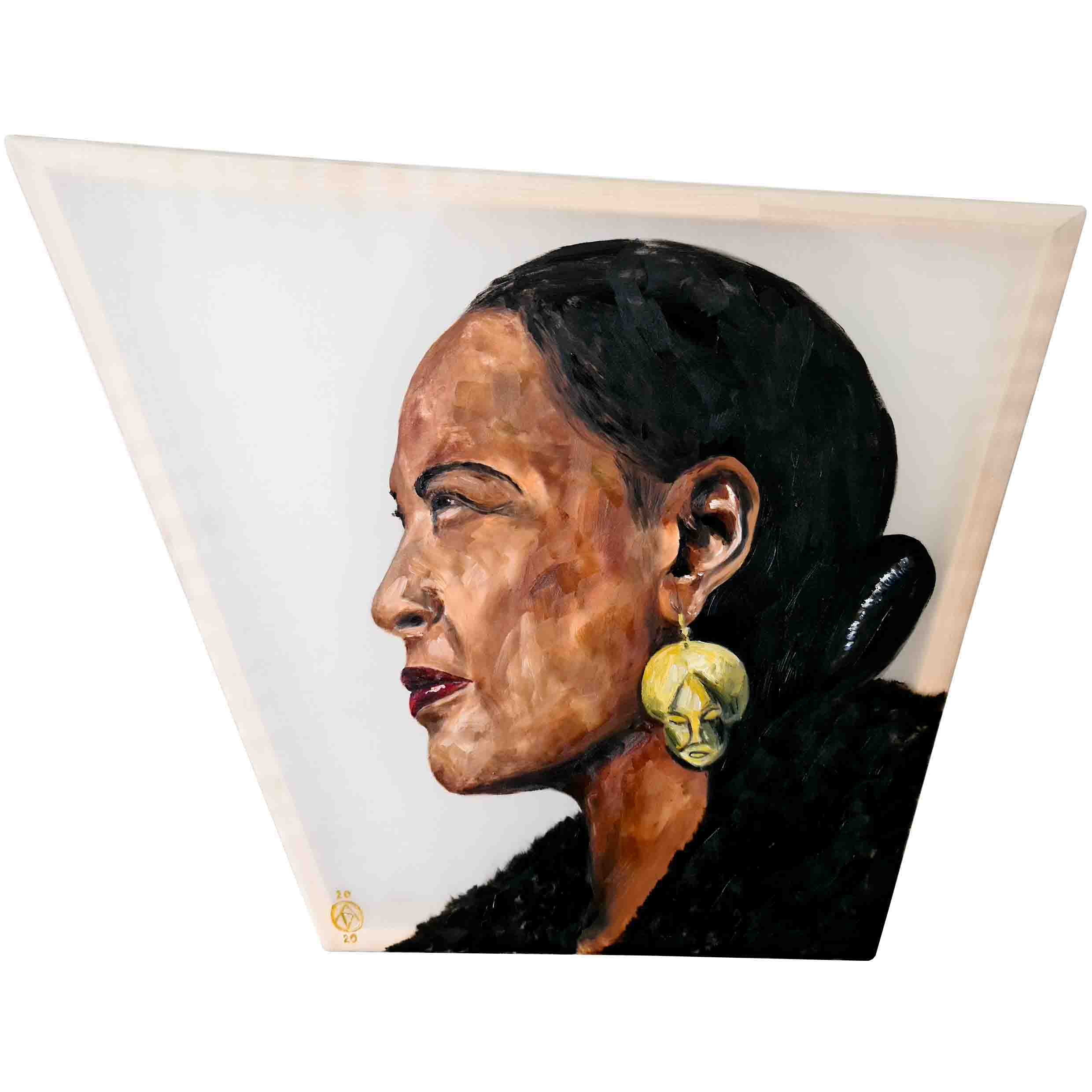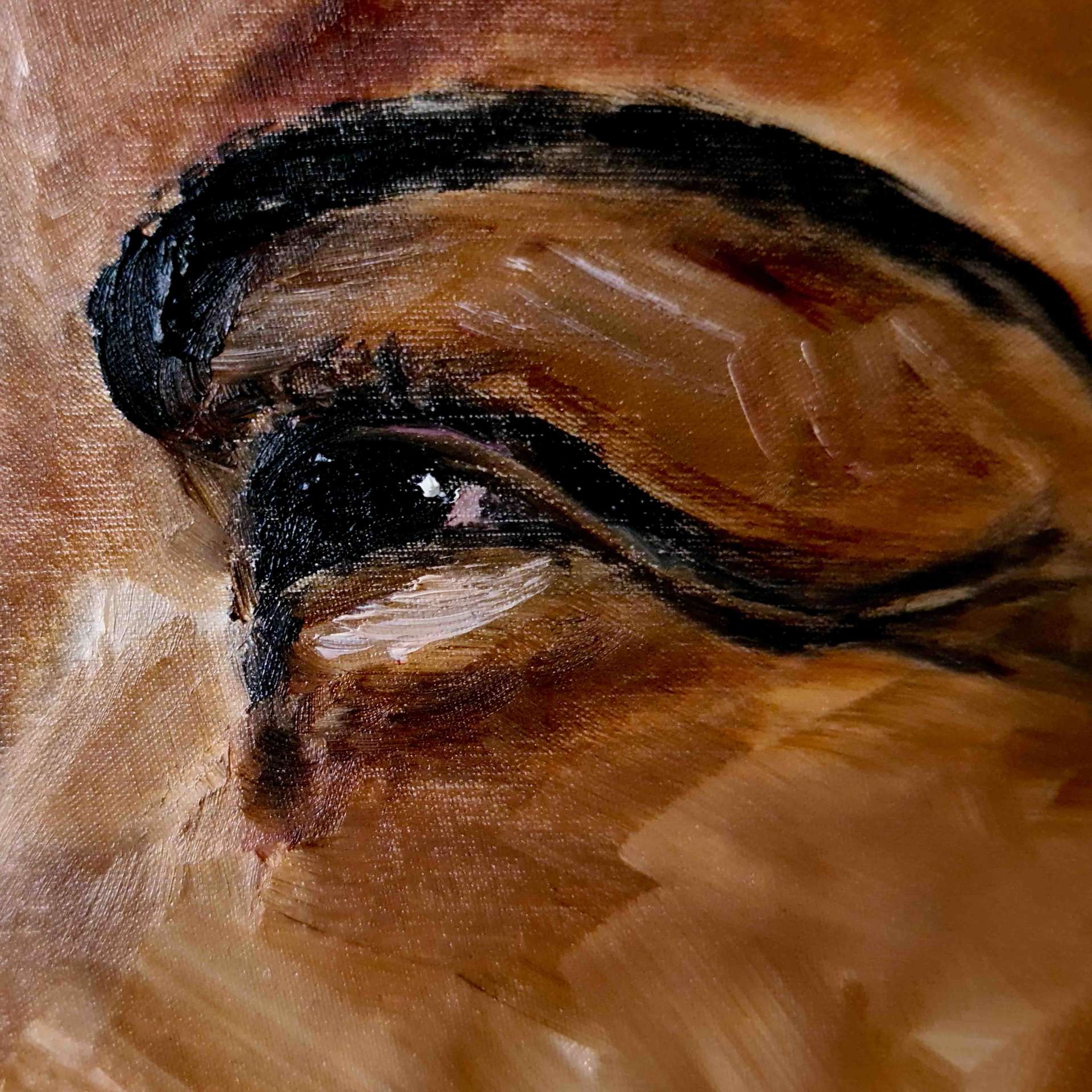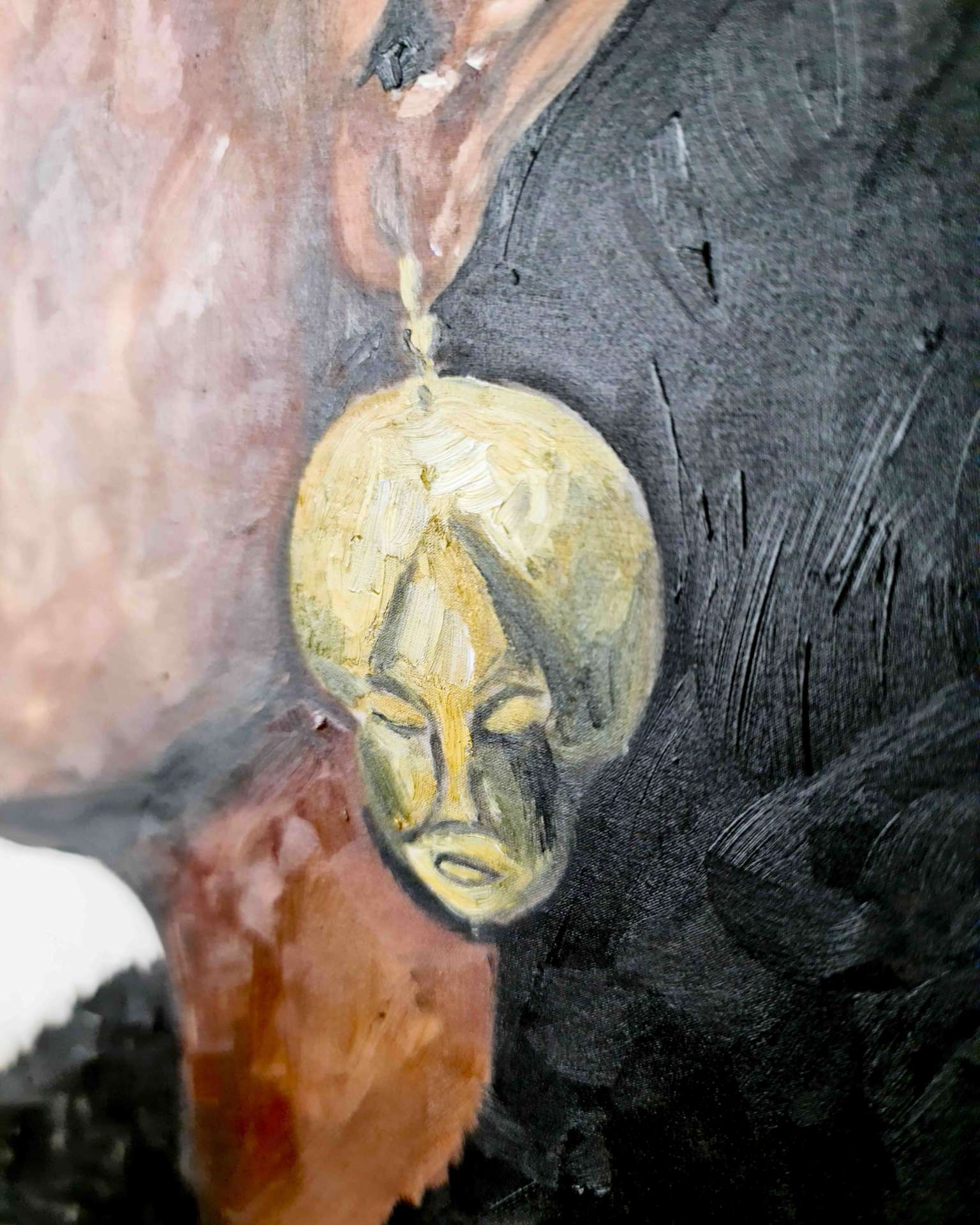
1915-1959
Billie Holiday
When you think of real jazz you think of the greats and among them shines one star in particular that against all odds paved the way to the status of being legendary.
But while we know Billie Holiday as a supremely talented jazz singer, someone who built a successful career against all the odds, she led such a varied and exciting life beyond her music that it’s scarcely believable she managed to fit it all into her short lifetime.
Coming from Philadelphia to New York, she changed the face of jazz by being one of the greatest jazz singers between the 30’s and 50’s. Her unique velvety voice, uncompromising intuitive style of singing and heartful lyrics earned her admiration from the greatest heavyweights of jazz like Miles Davies, Ronnie Scott, Louis Armstrong and Frank Sinatra. Her song “Strange Fruit” became the anthem for early civil rights movements.

Early Life:
Billie Holiday was born as Eleanora Harris into a musical family – her father was a professional guitarist who played with the Fletcher Henderson band. Aged 13, she and her mother moved from her childhood city of Baltimore, Maryland, to New York City. She spent three years just keeping her head above water with various work before landing a singing job in a Harlem club. At this point she’d had no formal musical education, and drew from her love of jazz and blues to craft her own unique style of singing.
Career:
Her first big break came in 1933 when an 18-year Billie cut a record with another rising star in the jazz scene, Benny Goodman, and a number of other talented musicians. Her reputation grew further with collaborations with the likes of Teddy Wilson and members of Count Basie’s band.
Her early twenties were a hugely creative time and heralded as her artistic peak, her various recordings studded with a number of tours, including a brief stint with Count Basie’s band.
Soon after, she had broken away from a number of her collaborators, on account of what she alleged were poor working conditions and low wages. Within a month of being dismissed from Count Basie’s band, she was hired to front the Artie Shaw band, making her one of the first black women to sing with a white orchestra. They toured the segregated Southern states – she was also the first full-time black female vocalist to do this with a white band – and she refused to back down in the face of persistent racial abuse.

After she was broadcast on WABC radio (one of the largest radio networks in New York, now called WCBS), recognition of Billie’s talent exploded and paved the way for her seminal work, her rendition of ‘Strange Fruit’, first unveiled at the Cafe Society. Her rendition was all the more moving for the song’s meaning – it was inspired by a poem written by a Jewish teacher about lynching – and its imagery, which reminded Billie of her father’s death:
‘It reminds me of how Pop died, but I have to keep singing it, not only because people ask for it, but because twenty years after Pop died the things that killed him are still happening in the South.’
The 1940s saw her struggle with drugs, especially heroin, and she spent a year in rehab in 1947, losing her cabaret license. Despite this, her reputation was so big that only ten days after she finished her rehab she filled Carnegie Hall in New York. She continued to battle substance abuse in her later years, but by the time she died in 1959 she had changed the face of jazz forever.
